The Afghan Hound is one of the world’s oldest dog breeds—famed for its long, silky coat, breathtaking speed, and dignified, independent nature. This practical guide covers temperament, grooming, training, exercise, health, and buying tips so your Afghan Hound can truly thrive in everyday life.
Table of Contents
- Origin & History
- Appearance & Distinctive Traits
- Temperament & Behavior
- Family Life & Daily Routine
- Training & Handling
- Health & Coat Care
- Nutrition
- Exercise & Enrichment
- Apartment, City & Yard
- Puppies, Purchase & Costs
- Who Is the Afghan Hound Right For?
- FAQ
- Breed Profile (Table)
Origin & History
The Afghan Hound hails from modern-day Afghanistan and the mountains of the Hindu Kush. For centuries it served as a sighthound, pursuing gazelles, hares, and other game. British officers brought the first dogs to Europe in the 19th century; early in the 20th century the breed was officially recognized (FCI Group 10, Sighthounds). Today the Afghan is known as an elegant companion and show dog—but its functional hunting heritage still shapes the breed.

Appearance & Distinctive Traits
Tall and slightly rectangular, the Afghan wears a long, flowing, silky coat. Hallmarks include the refined head with topknot, low-set heavily feathered ears, and a high, ring-carried tail. Coat colors range from cream, sand, and gold to red and black, plus parti and other patterns. Despite the glamorous look, the Afghan is an athletic sprinter with exceptional agility. The coat grows naturally—clipping is uncommon; instead, brush, bathe, and carefully detangle.
Temperament & Behavior
Classic Afghan: proud, independent, sensitive—and deeply loyal to family. Affection is subtle and reserved, and the breed can be aloof with strangers. The prey drive is strong: movement in the distance can trigger an instant chase response. Harsh, loud methods do not suit this breed; use calm clarity, patience, and consistent routines. Indoors the Afghan is surprisingly quiet and relaxed; outdoors it loves speed and open sightlines.
Family Life & Daily Routine
Afghans appreciate structure: defined rest spots, predictable walks, and a gentle voice. They do well with older, considerate children. Toddler chaos and rough play suit them less—under stress they prefer to withdraw. With other dogs they’re typically polite and reserved; play with other sighthounds often clicks especially well. Cats may be possible with careful introductions and strict prey-drive management.

Training & Handling
Keep sessions short, positive, and consistent. Top priorities: a reliable recall, loose-leash walking, and impulse control. Start recall early and use a long line in open areas. Practice first with low distractions, increase difficulty gradually, and reward immediately. Helpful Siliena guides:
Remember: Afghans aren’t obedience robots. Micro-sessions with clear cues work far better than long, repetitive drills.
Health & Coat Care
The coat needs daily attention: gentle, thorough brushing to the skin, detangling knots, and removing burrs after walks. A bath every 4–6 weeks with mild shampoo plus conditioner makes upkeep easier. Check and keep ears dry; a snood helps during meals. Brush teeth to prevent tartar—see our guide Brushing your dog’s teeth.
Watchpoints include hip dysplasia (HD) and eye issues such as cataracts and PRA. Afghan myelopathy is very rare—responsible breeding reduces risk. With good care, appropriate exercise, and regular vet checks, many Afghans live 12–14 years.
Nutrition
As a large, active dog, the Afghan needs quality protein and a well-tolerated formula. Feed adults twice daily rather than one large meal. After eating, allow a rest period before activity. Omega-3s (e.g., salmon oil) support skin and coat. Keep a lean physique—it benefits agility and joints.

Exercise & Enrichment
Leashed walks are a must, but sprints off-leash (only in securely fenced areas!) are the key to happiness. Ideal outlets include sighthound sports like lure coursing or oval track racing. Moderate jogging is fine; long, monotonous distances are not. Choose short, intense bursts plus mini mental games (e.g., find-it) over endless mileage.
Apartment, City & Yard
Yes, an Afghan can be an apartment dog—provided it gets ample exercise outdoors. Indoors it’s calm, tidy, and usually quiet. Offer a large, soft bed in a peaceful spot. Outside, sighthounds stay on leash beyond secure areas. In the yard, a tall, sturdy fence is essential; Afghans jump high. City dwellers: see our guide Living with a dog in the city.
Puppies, Purchase & Costs
Afghan puppies are adorable—and quickly grow into demanding athletes. From day one, prioritize socialization, recall, leash skills, and coat-care habituation. Helpful reads: First puppy walks and Puppy training: the first weeks. Budget realistically for grooming products and sessions, premium food, vet care, insurance, and training. Before you buy: puppy-buying checklist.

Who Is the Afghan Hound Right For?
- Handlers with dog savvy, patience, and a calm, consistent style
- Active owners who can provide secure off-leash options (fenced) or sighthound sports
- Households with older, respectful children
- People ready to brush daily and take grooming seriously
Less suitable for hectic households, rough play, obedience-only expectations, or owners without time for coat care and regular sprint opportunities.
FAQ
Does an Afghan Hound need a lot of exercise?
Yes. Daily walks plus regular sprints in a secure area are essential. Quality (sprints, clear sightlines) beats sheer mileage.
Is the Afghan Hound good for first-time owners?
Better for experienced owners. With prep and trainer support it’s possible, but the strong prey drive and grooming needs are demanding.
Do Afghans shed a lot?
Loose hair happens, but routine brushing keeps the coat in shape and reduces mats. Clipping is not typical.
Can an Afghan live in the city?
Yes—if you provide daily exercise, safe sprint outlets, and quiet rest areas. Leash management is crucial in urban spaces.

Afghan Hound Breed Profile
| Origin | Afghanistan |
| Height | Males ~68–74 cm (26.8–29.1 in), females ~63–69 cm (24.8–27.2 in) |
| Weight | Males ~26–34 kg (57–75 lb), females ~23–27 kg (51–60 lb) |
| Life Expectancy | ~12–14 years |
| Coat | Long, silky, naturally growing (not clipped) |
| Colors | Cream/gold to red/black; solid or multi-color |
| Temperament | Proud, independent, sensitive, aloof with strangers |
| Exercise | High—walks plus secure sprints (coursing/racing) |
| Grooming | Very high—daily brushing, regular bathing, ear & dental care |
| Good for First-Time Owners? | With caveats—better with experience/trainer |
| Notable Traits | Strong prey drive, exceptional sighthound, powerful jumper |
| Price | ~€1,000–€1,500 (varies by breeder & quality) |


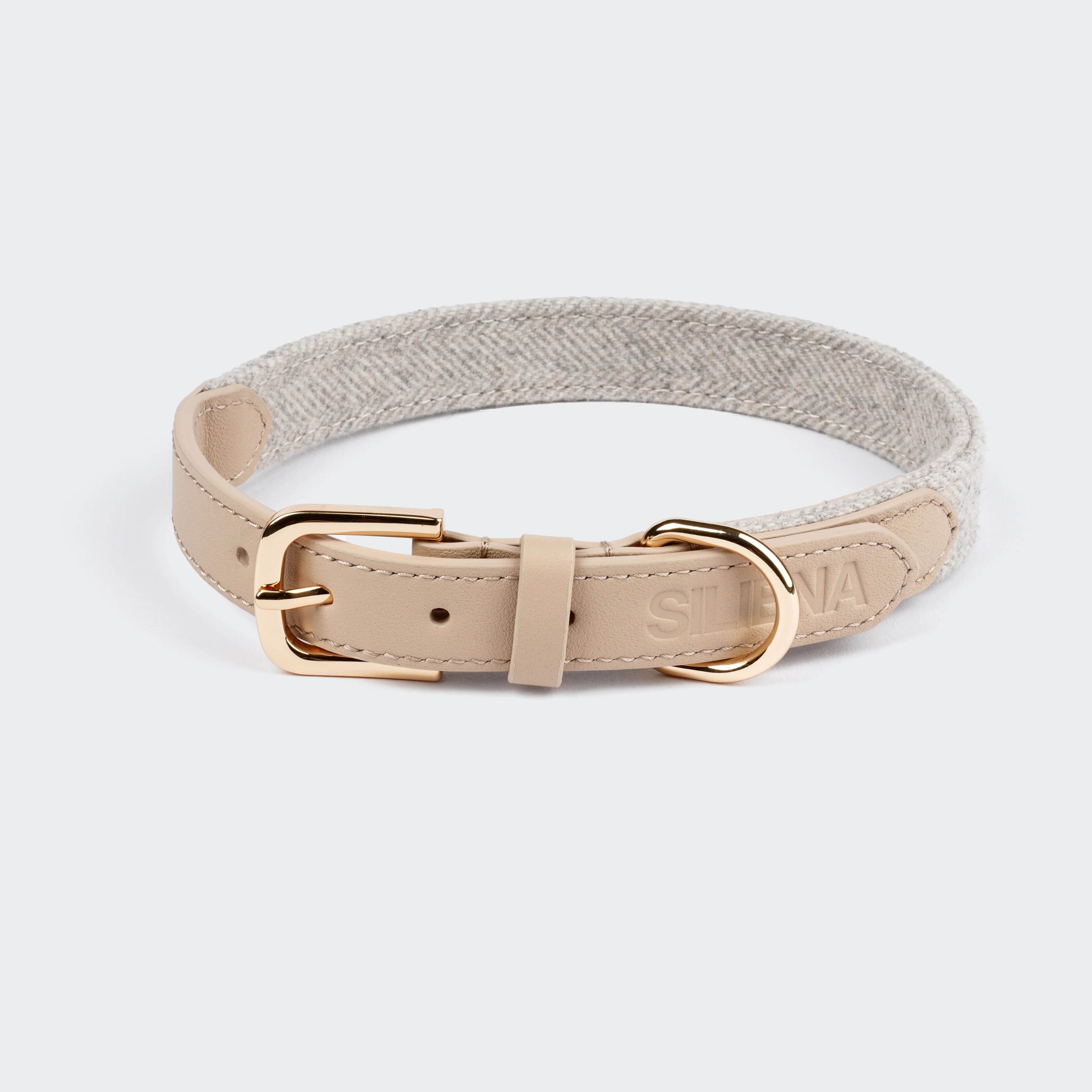
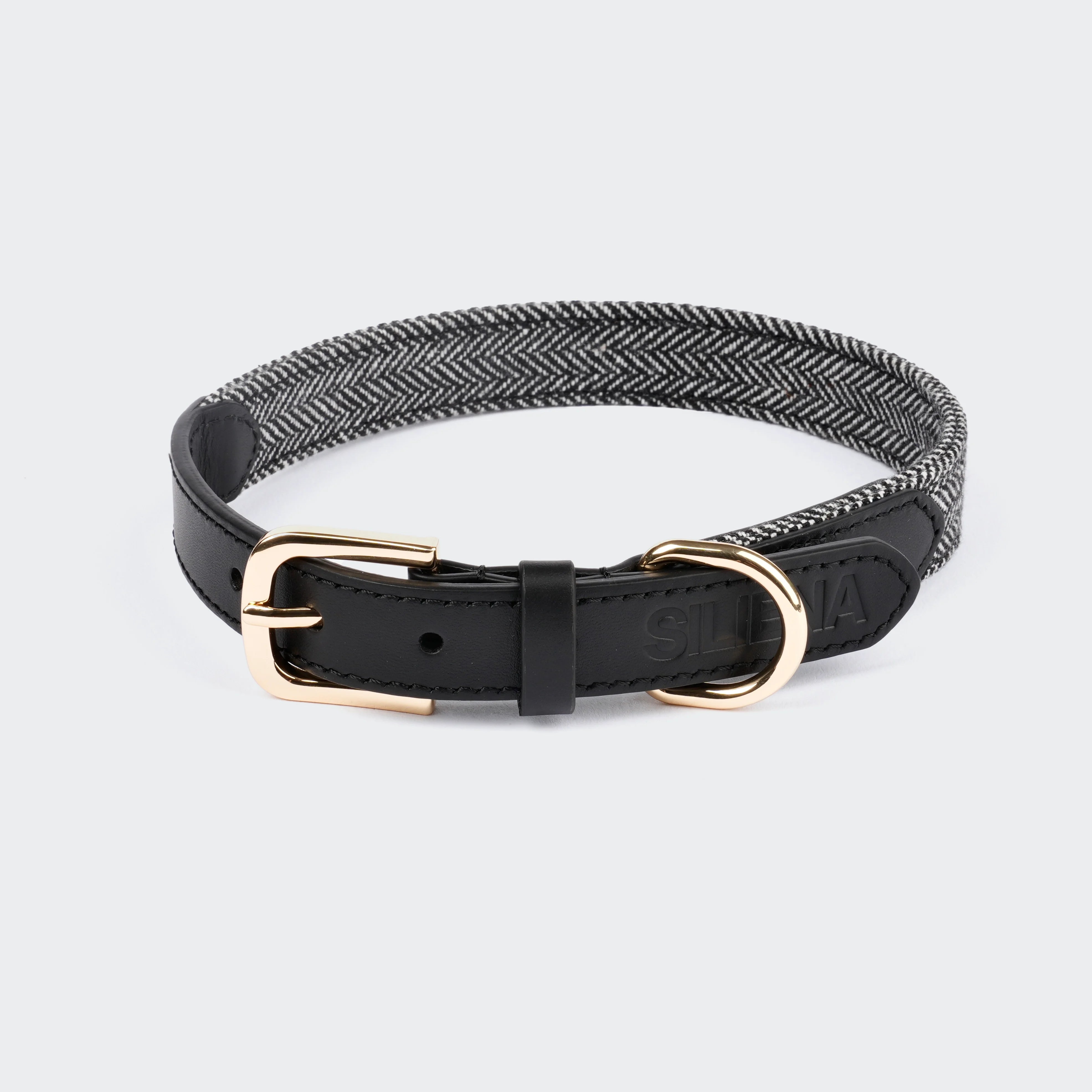
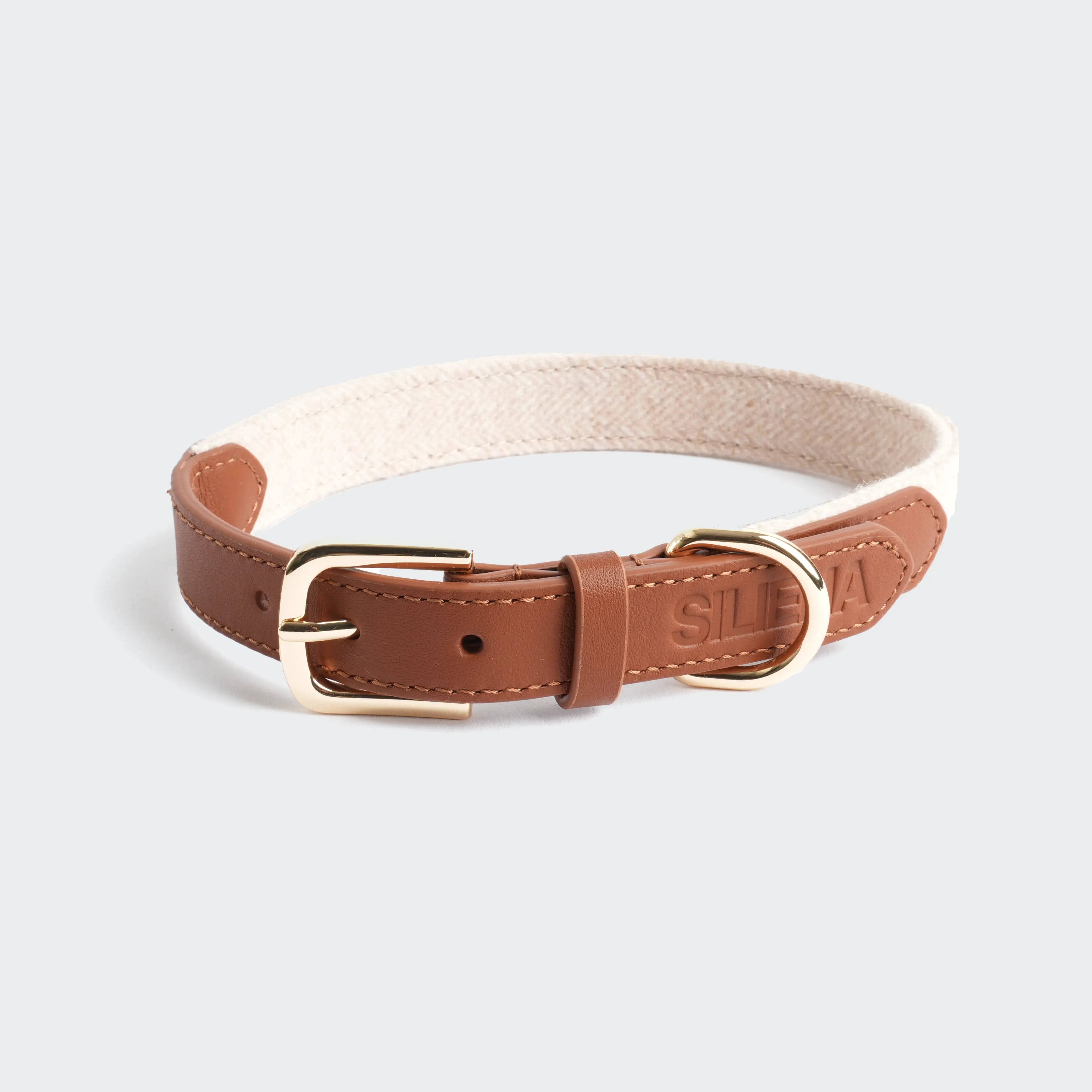
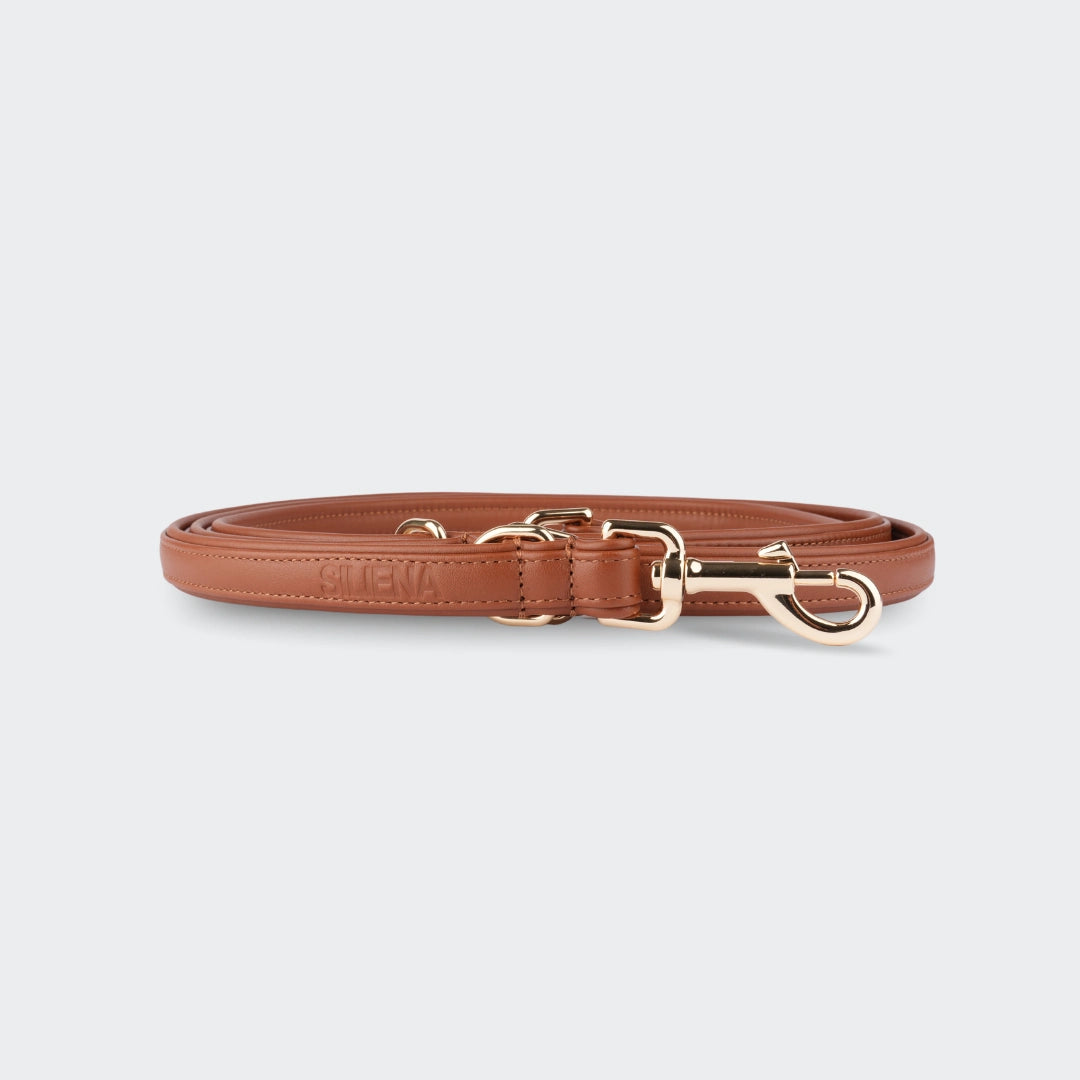
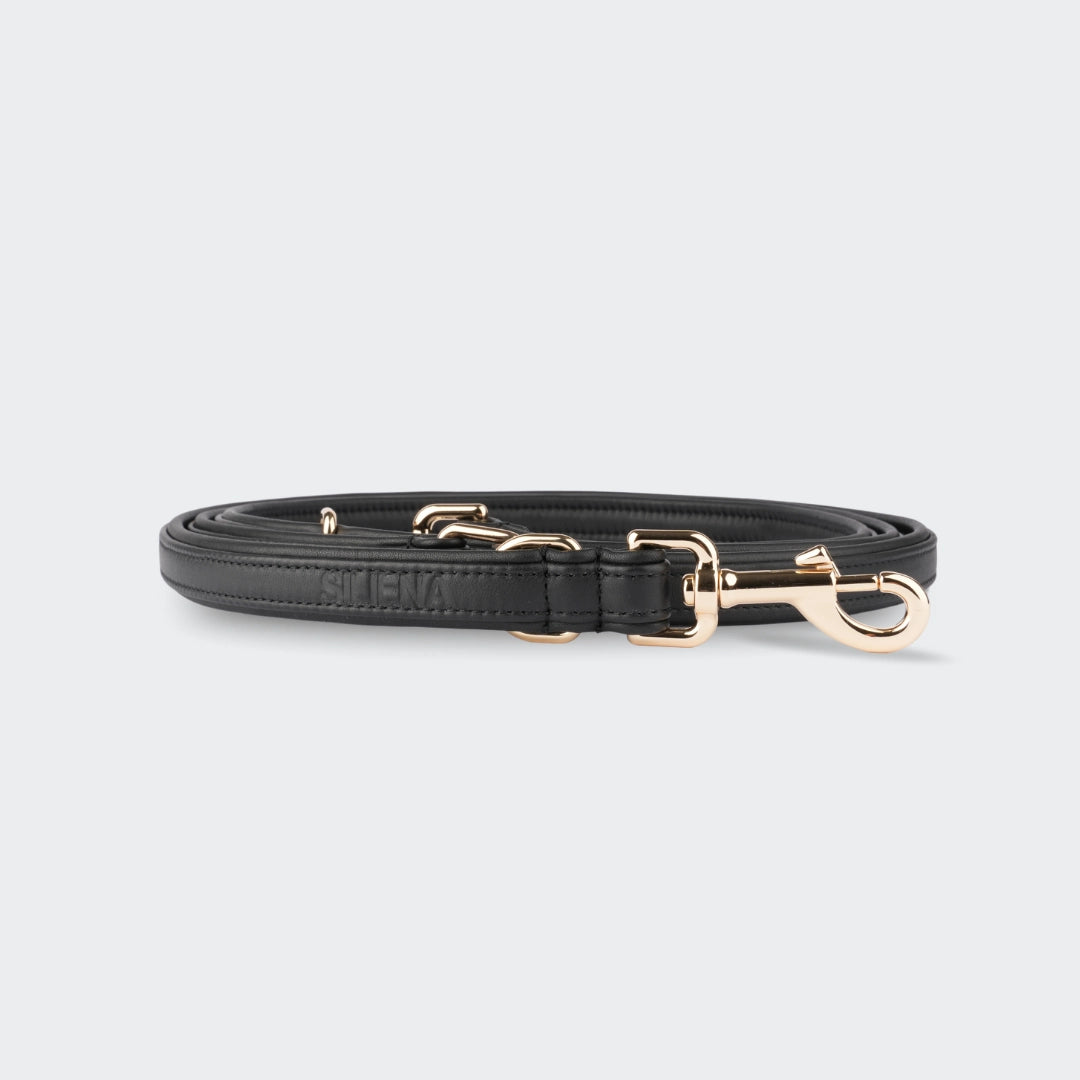
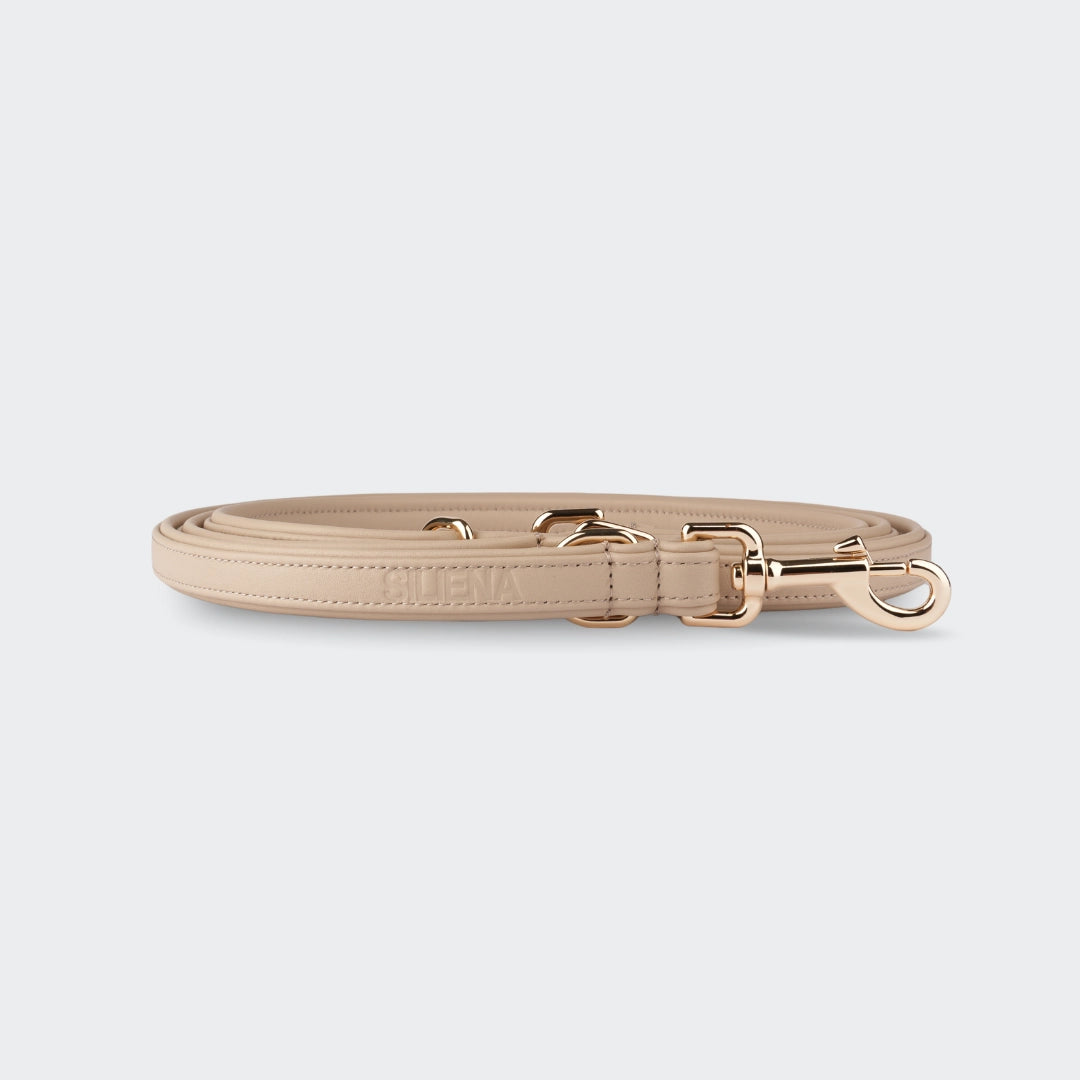
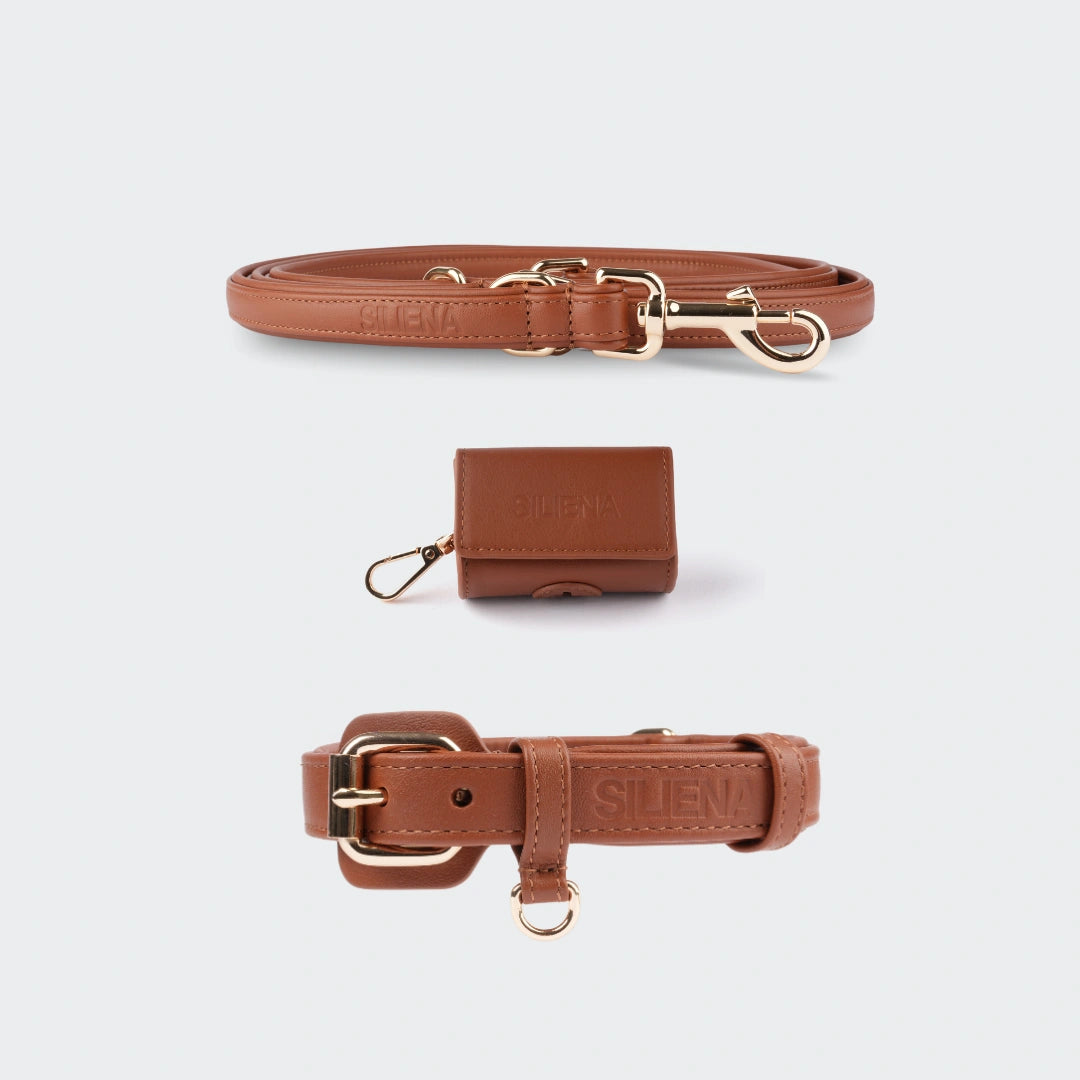
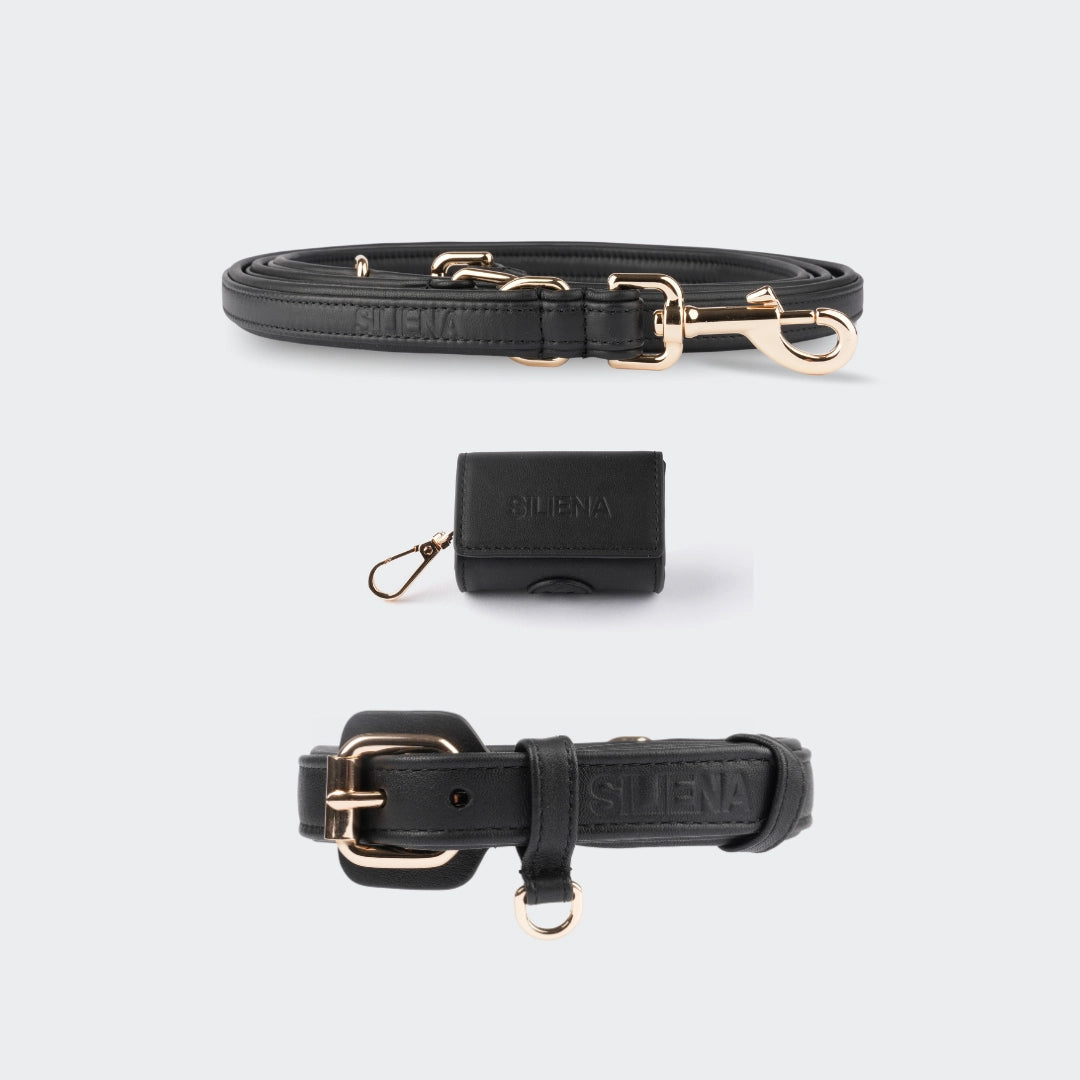
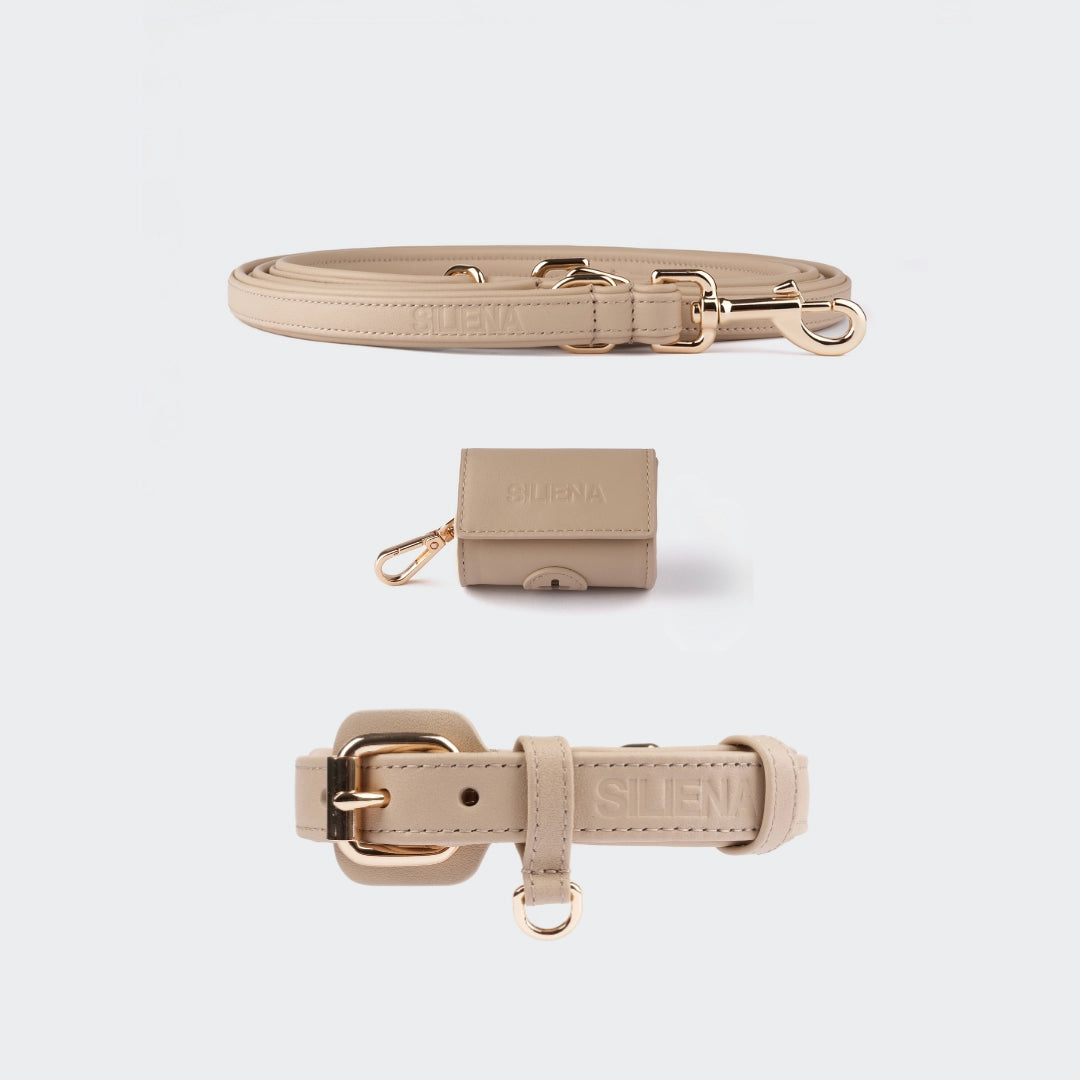
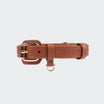
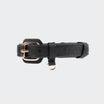
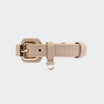
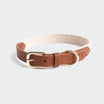
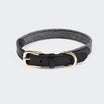
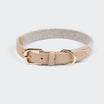
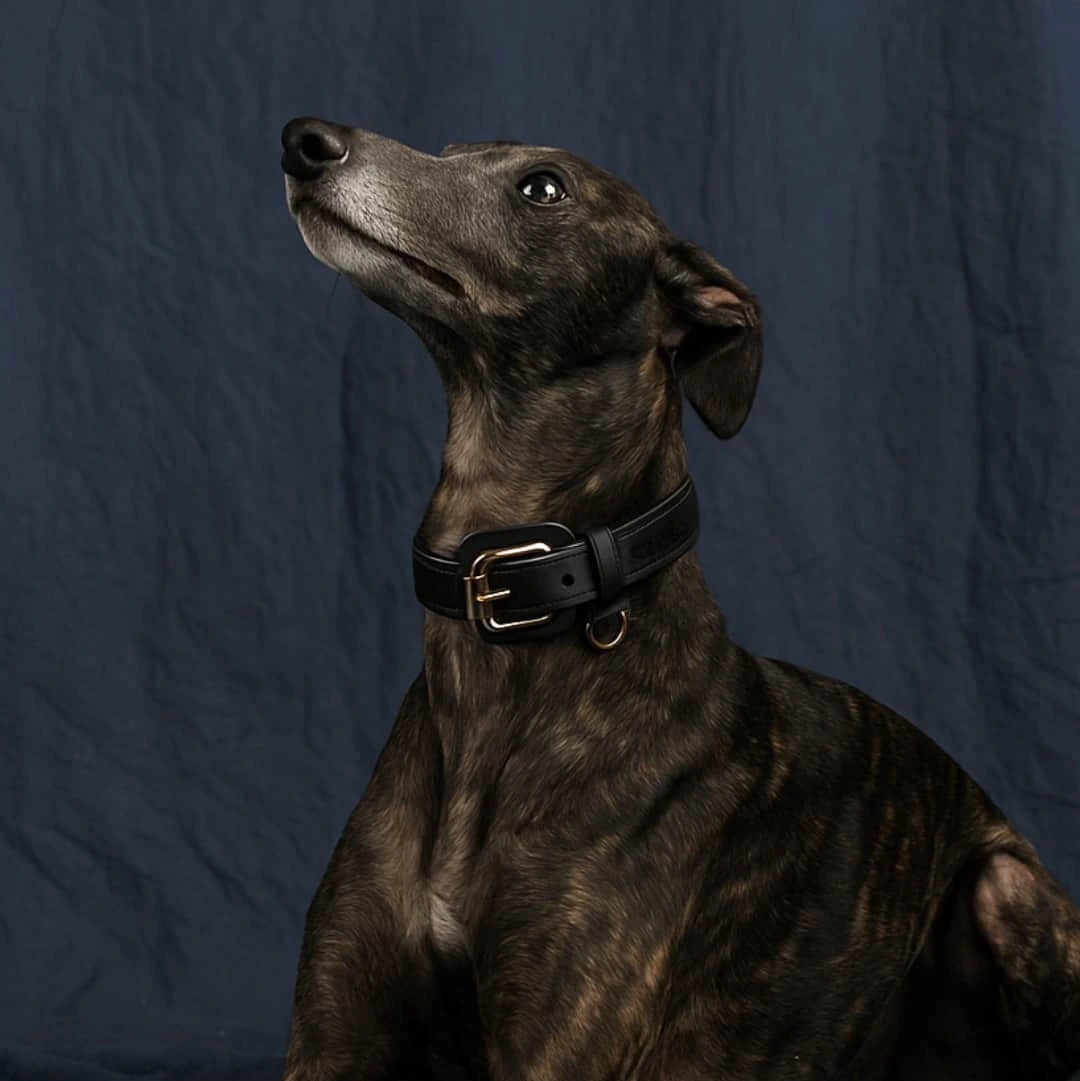

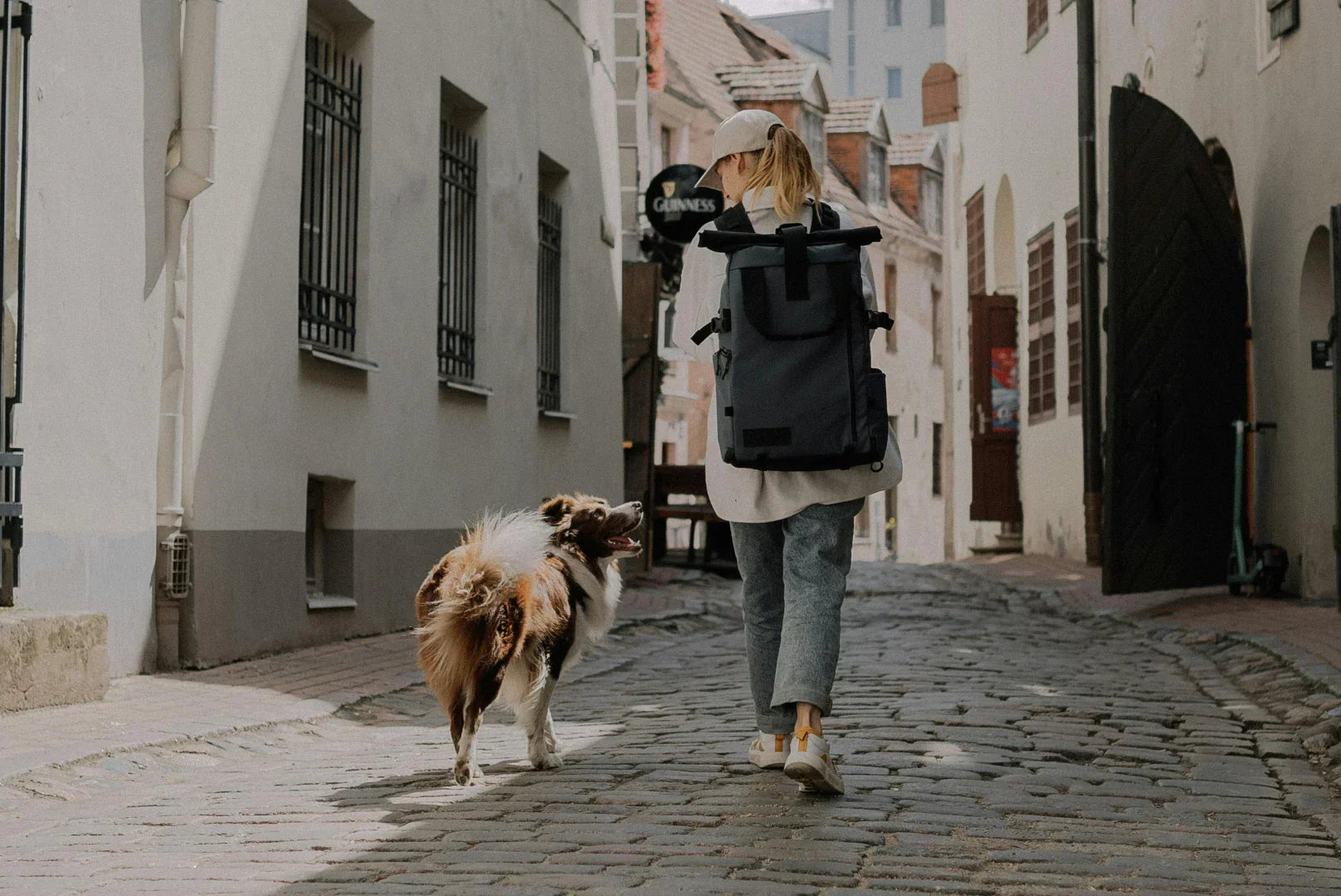
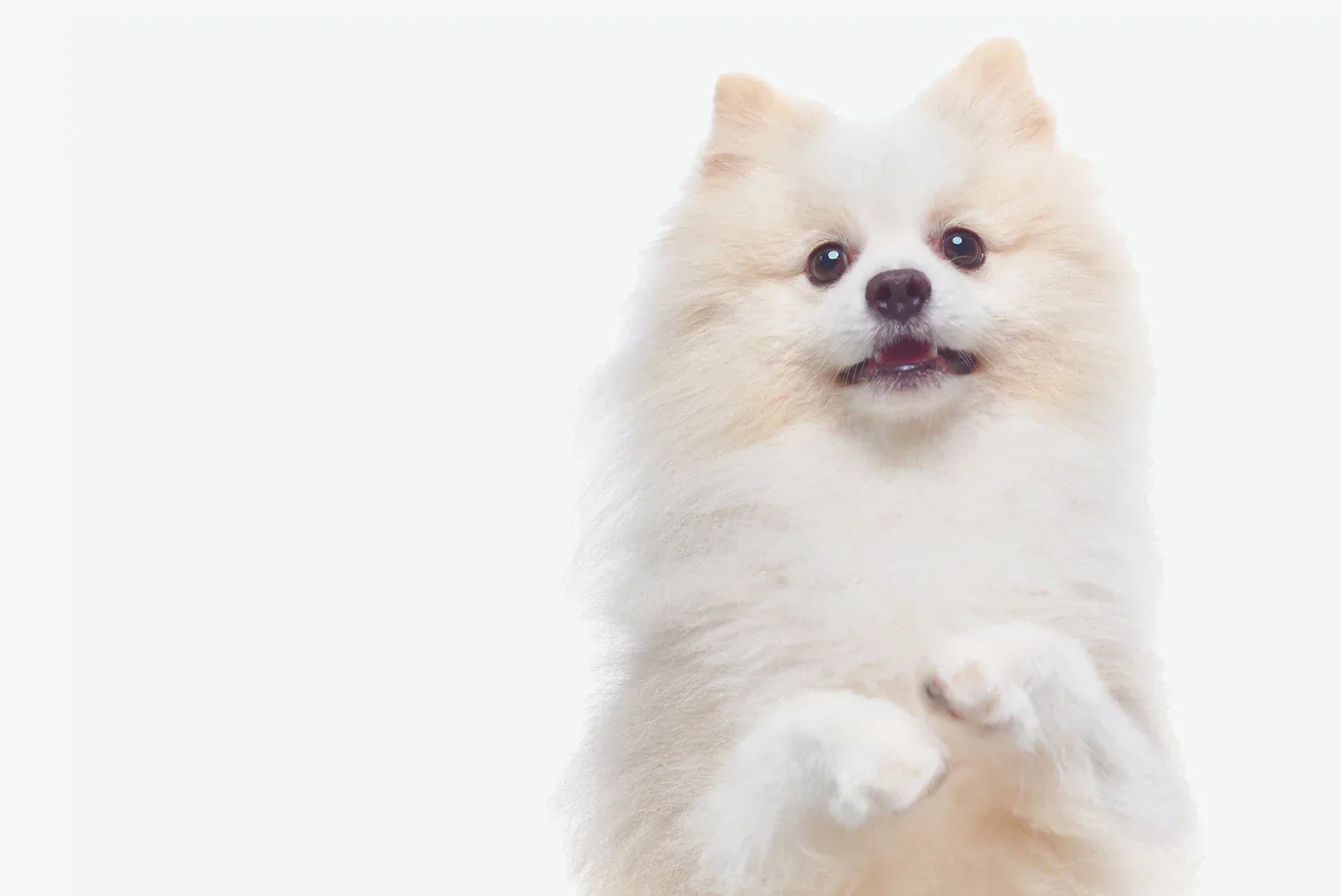
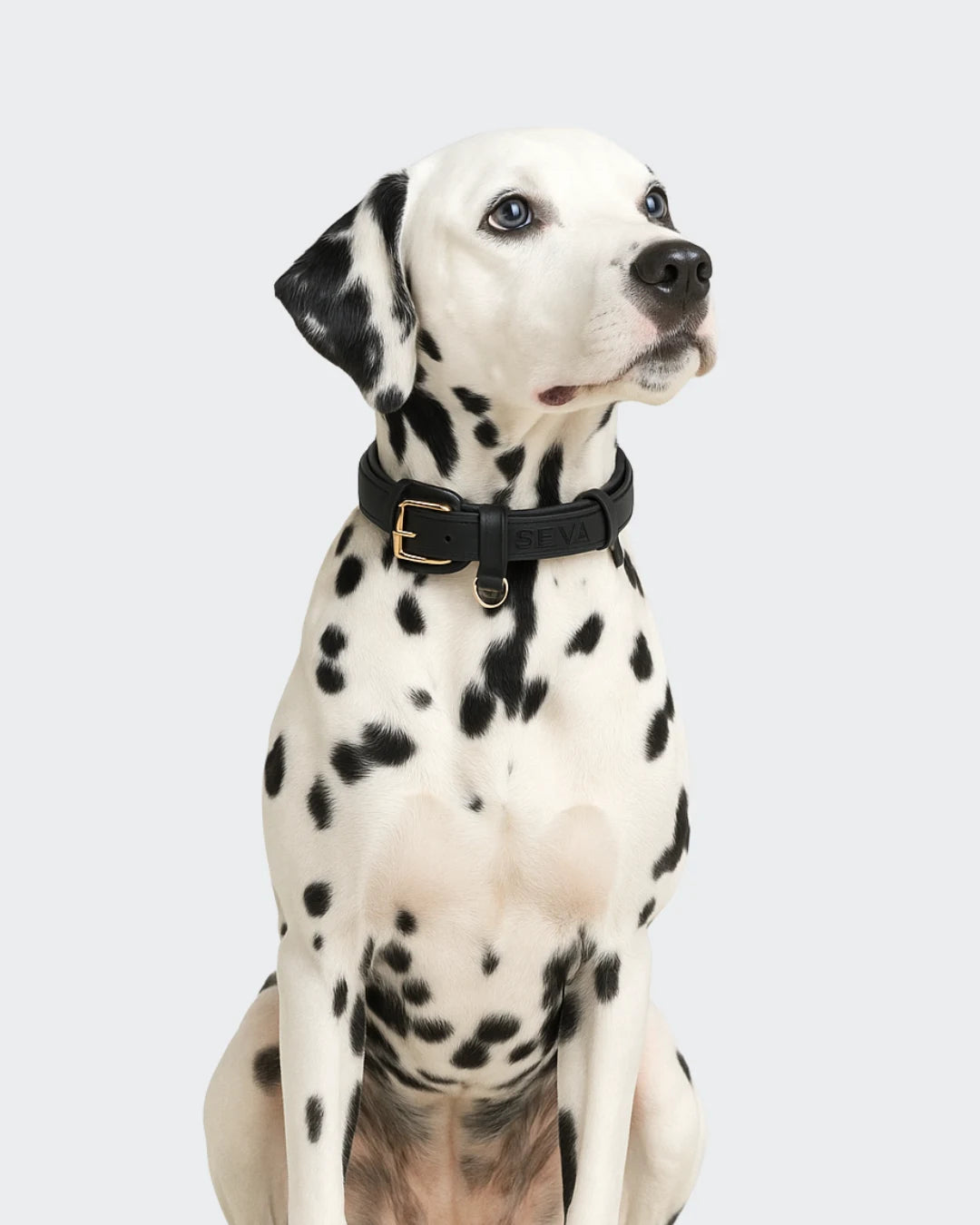
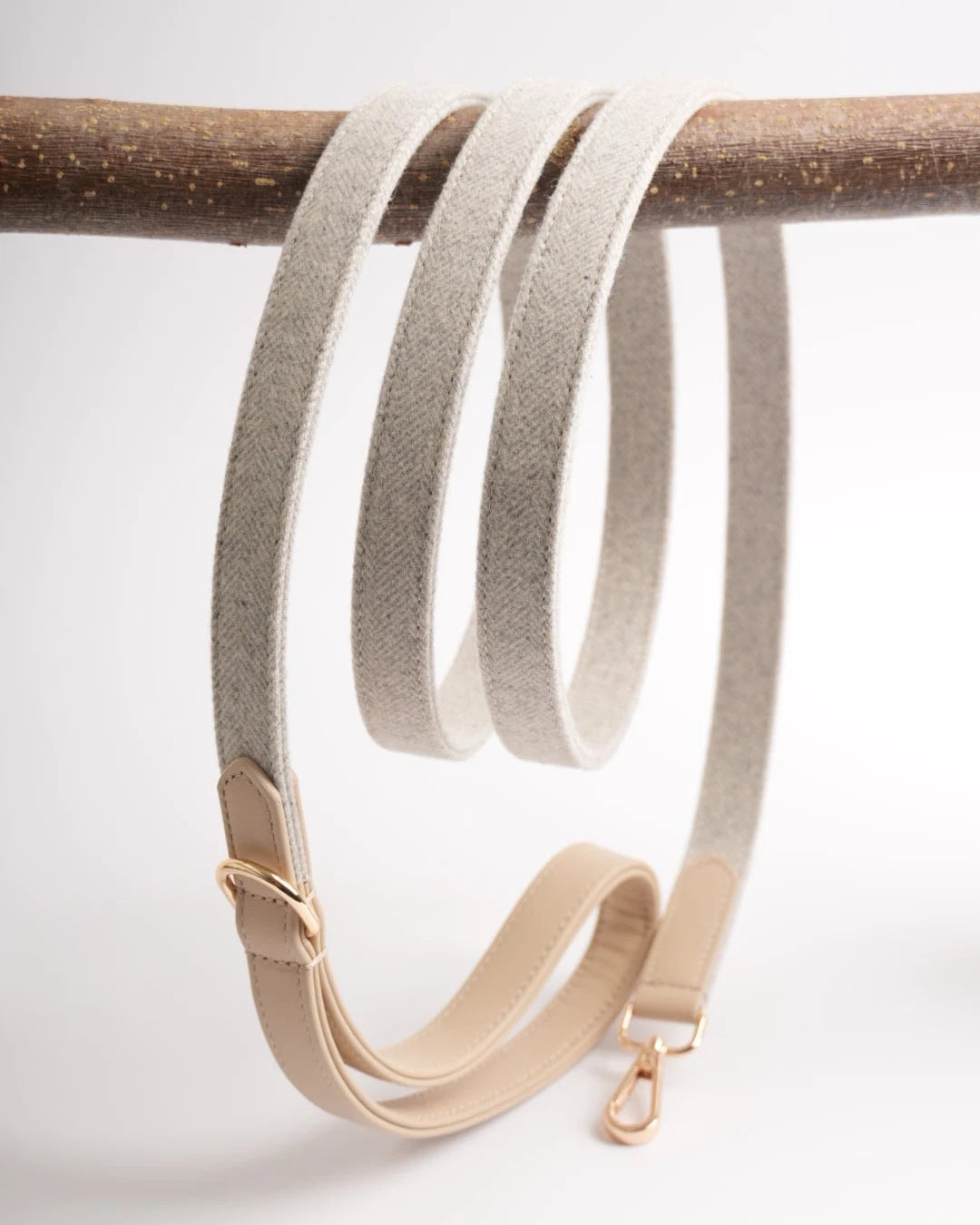
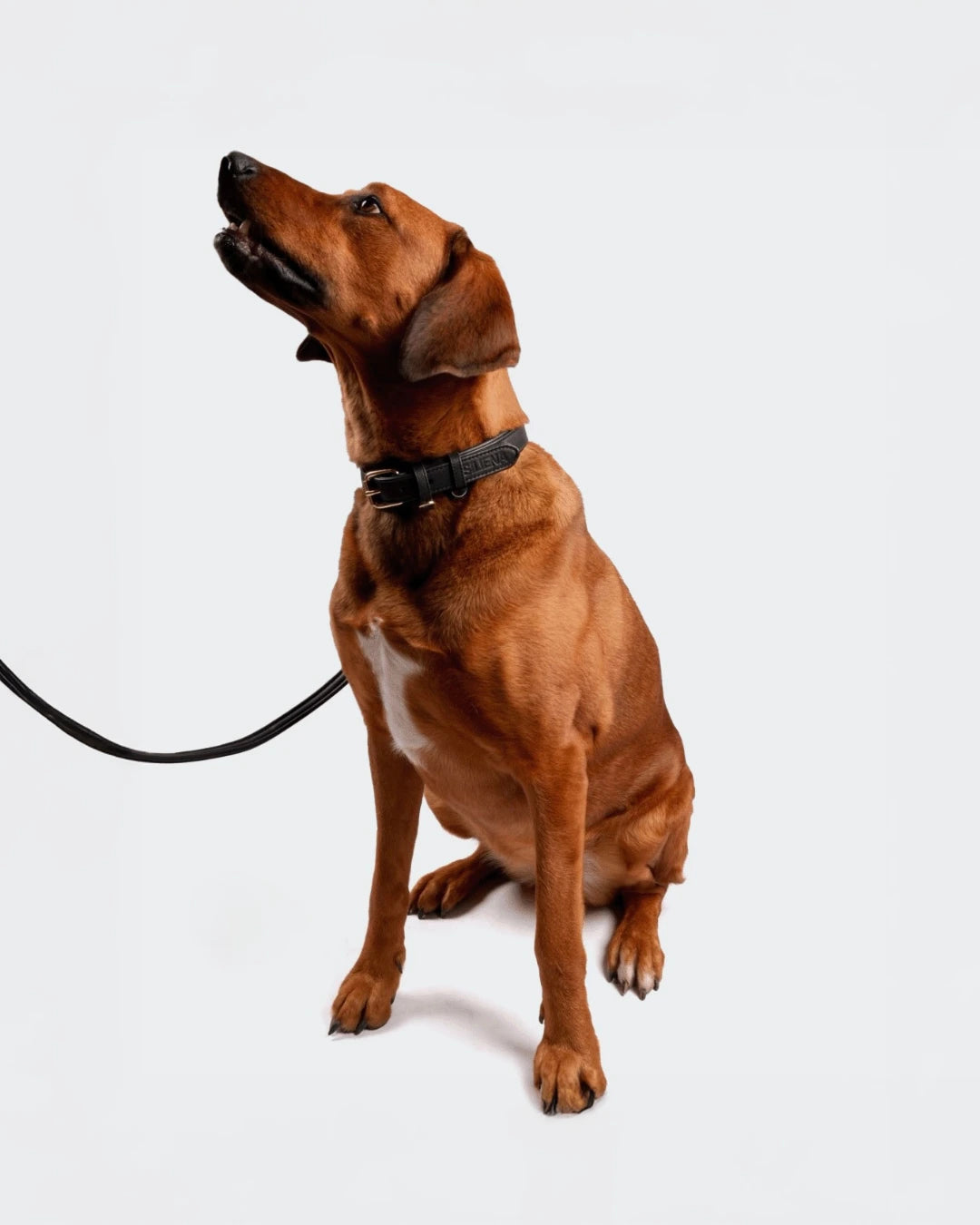
Leave a comment
This site is protected by hCaptcha and the hCaptcha Privacy Policy and Terms of Service apply.